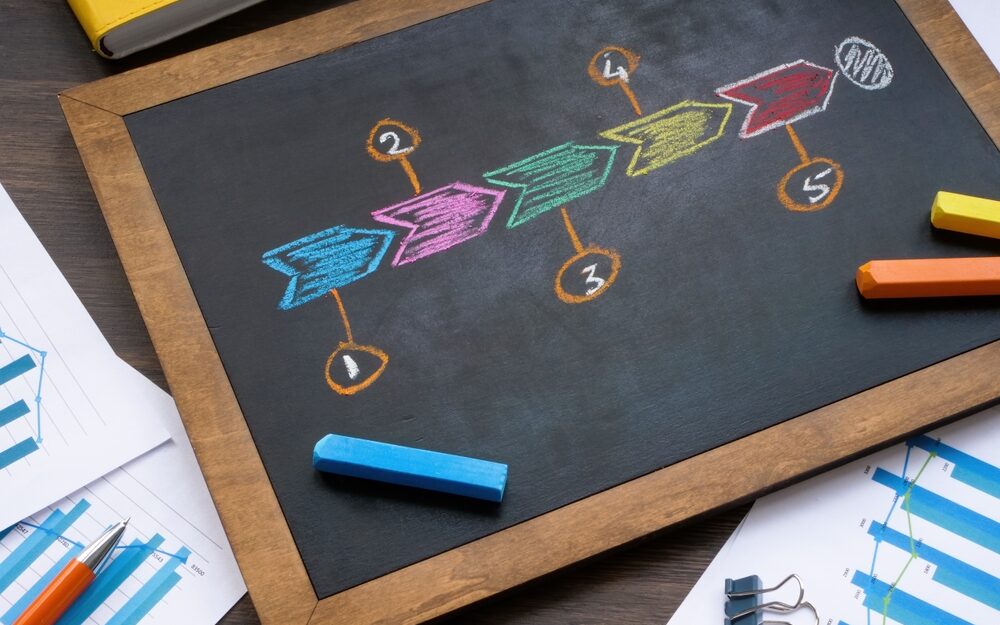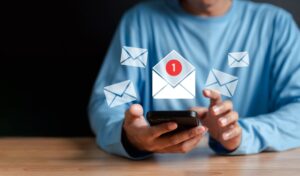In the world of digital marketing, understanding the marketing funnel stages is crucial for converting prospects into loyal customers. The marketing funnel, also known as the sales funnel, represents the journey a customer takes from the initial awareness of your brand to the final purchase decision. In this guide, we’ll break down each stage of the marketing funnel and provide actionable tips to optimize your strategy at every level.
What is a Marketing Funnel?
A marketing funnel is a model that illustrates the theoretical customer journey towards the purchase of a product or service. It is divided into several stages, each representing a different phase of the buyer’s journey. By understanding these stages, marketers can create targeted strategies to guide potential customers through the funnel, ultimately leading to conversions.
The Stages of the Marketing Funnel

1. Awareness
The awareness stage is the top of the funnel (TOFU), where potential customers first become aware of your brand or product. This stage is all about attracting attention and generating interest. Effective strategies for this stage include content marketing, social media campaigns, search engine optimization (SEO), and paid advertising.
Key Tactics for the Awareness Stage:
- Content Marketing: Create valuable blog posts, videos, and infographics that address common pain points and interests of your target audience.
- Social Media: Use platforms like Facebook, Instagram, and LinkedIn to share engaging content and interact with potential customers.
- SEO: Optimize your website and content for relevant keywords to improve your search engine rankings.
- Paid Advertising: Utilize pay-per-click (PPC) ads on Google and social media platforms to reach a broader audience.
2. Interest
Once potential customers are aware of your brand, they move to the interest stage. Here, they seek more information about your products or services. This is the time to nurture their interest and build a relationship.
Key Tactics for the Interest Stage:
- Email Marketing: Send informative and personalized emails to keep potential customers engaged. Tools like Mailchimp can be very effective.
- Webinars and Demos: Offer live demonstrations or webinars to showcase the benefits of your products.
- Case Studies and Testimonials: Share success stories and testimonials to build credibility and trust.
3. Consideration
In the consideration stage, potential customers are evaluating their options and comparing your offerings with competitors. Your goal is to highlight what sets you apart and why they should choose you.
Key Tactics for the Consideration Stage:
- Detailed Product Information: Provide comprehensive product descriptions, features, and benefits.
- Comparison Guides: Create guides that compare your products with competitors, emphasizing your unique selling points.
- Free Trials and Samples: Offer free trials or samples to allow potential customers to experience your product firsthand.
4. Intent
At this stage, potential customers have shown a clear intent to purchase. They may have added items to their cart or signed up for a free trial. Your focus should be on closing the deal.
Key Tactics for the Intent Stage:
- Retargeting Ads: Use retargeting ads to remind potential customers of the products they viewed or added to their cart.
- Special Offers: Provide limited-time discounts or special offers to incentivize the purchase.
- Personalized Follow-Ups: Send personalized follow-up emails to address any remaining concerns and encourage the purchase.
5. Purchase
The purchase stage is where the conversion happens. The customer makes the final decision to buy your product or service. Ensure a smooth and positive buying experience to foster customer satisfaction.
Key Tactics for the Purchase Stage:
- Easy Checkout Process: Simplify the checkout process to reduce friction and cart abandonment.
- Secure Payment Options: Offer multiple secure payment options to accommodate customer preferences.
- Order Confirmation and Support: Send order confirmation emails and provide excellent customer support to address any post-purchase inquiries.
6. Loyalty
The marketing funnel doesn’t end with the purchase. Building customer loyalty is essential for repeat business and word-of-mouth referrals. Focus on nurturing long-term relationships with your customers.
Key Tactics for the Loyalty Stage:
- Loyalty Programs: Implement loyalty programs to reward repeat customers.
- Customer Feedback: Collect and act on customer feedback to improve your products and services.
- Engaging Content: Continue to provide valuable content that keeps customers engaged and informed.
- Exclusive Offers: Offer exclusive deals and promotions to loyal customers.
Conclusion
Understanding and optimizing the marketing funnel stages is key to driving conversions and building lasting customer relationships. By implementing targeted strategies at each stage, you can guide potential customers through the funnel and achieve your marketing goals. Remember, the journey doesn’t end with the purchase—focus on fostering loyalty to create brand advocates who will support your business for years to come.

Free Assessment
Discover in just 30 minutes how our tailored social media and digital marketing strategies can elevate your brand awareness, synchronize your marketing and sales efforts, and reliably generate new leads, customers, and revenue streams.




